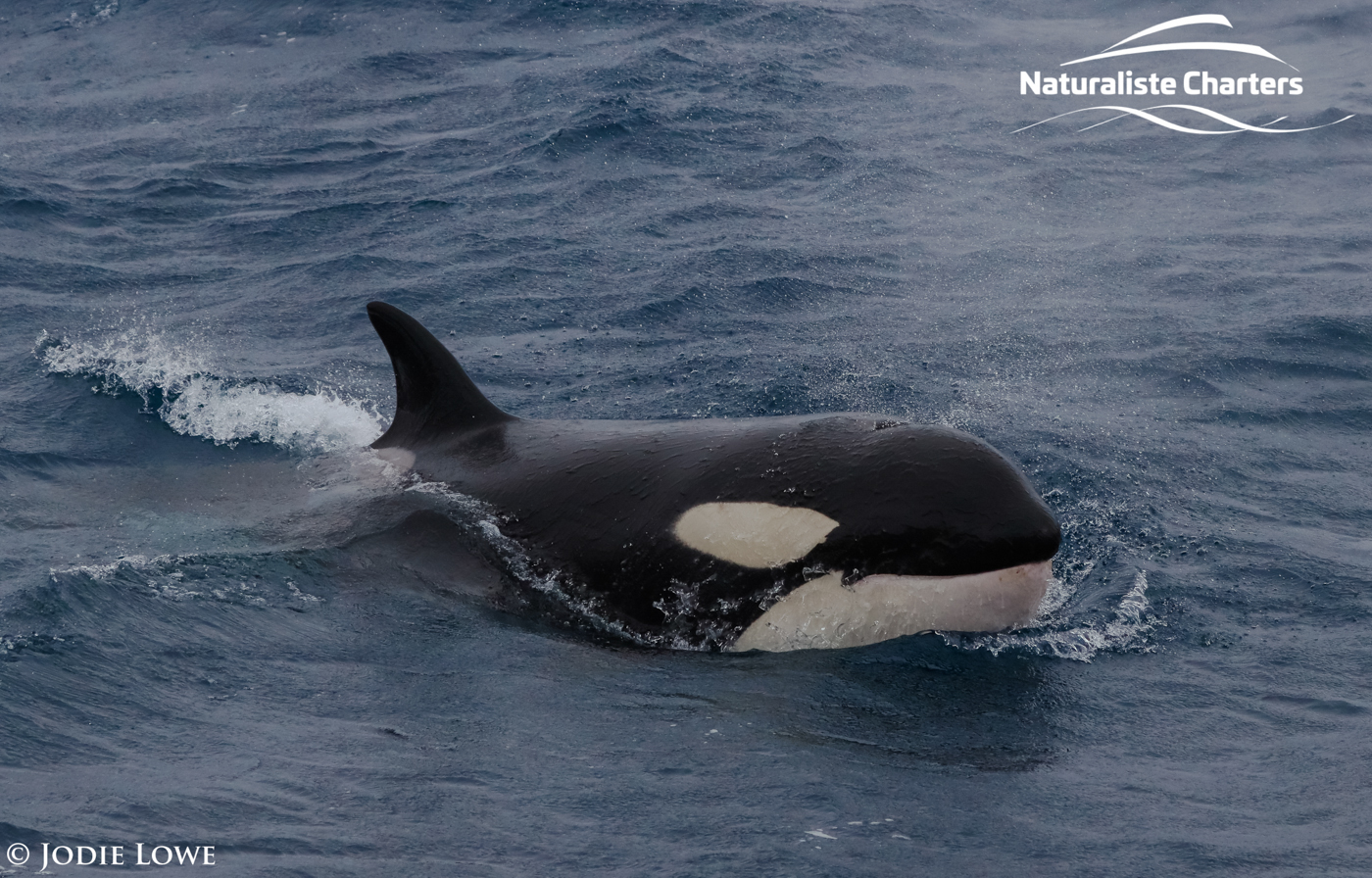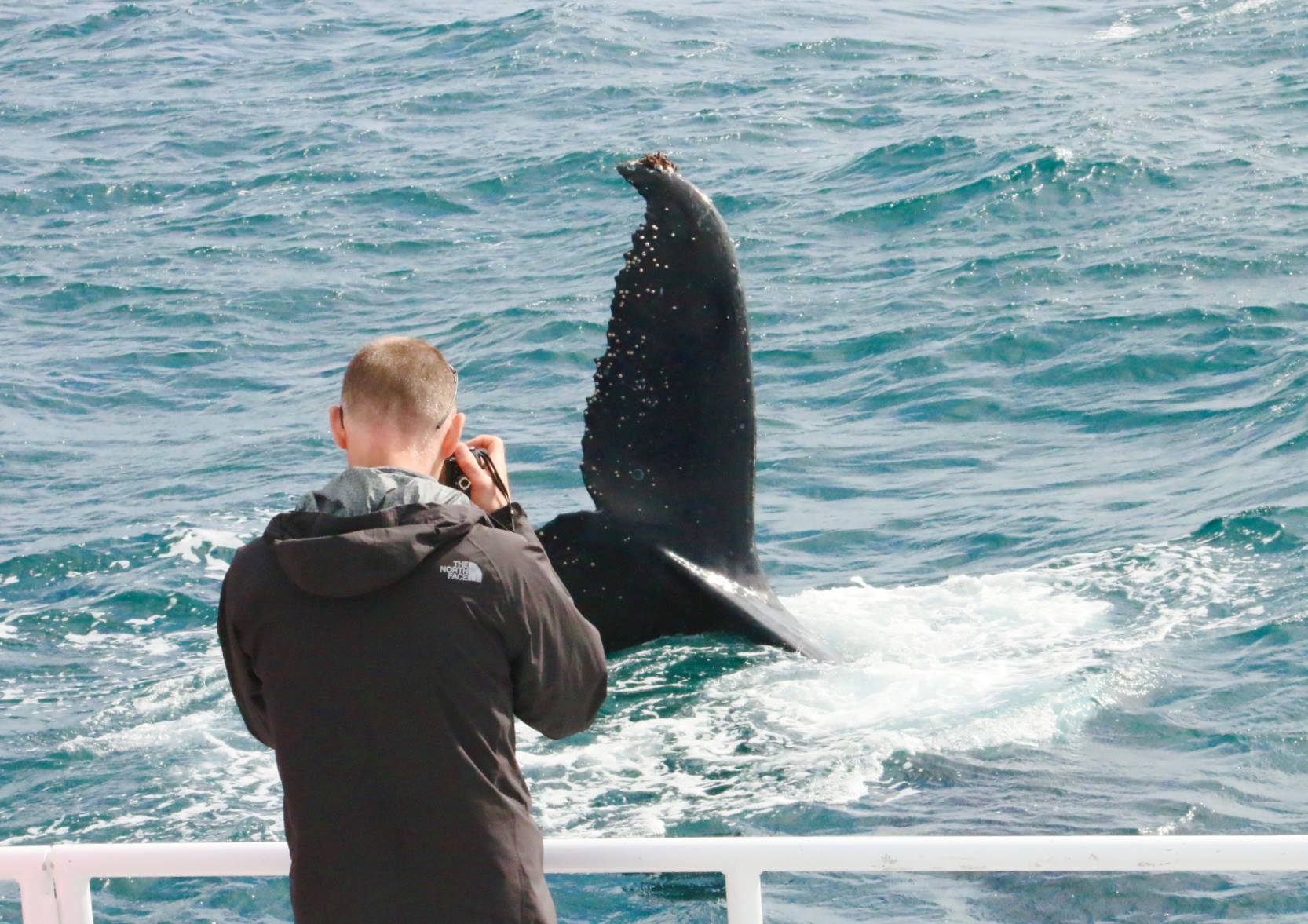When you think of mammals, you probably only think of us humans and furry animals, but did you know that whales are also mammals and not fish?!
So, what makes a mammal a mammal? Well mammals have five main characteristics; they have hair, breathe air, give birth to live young (as opposed to laying eggs), nurse their young, and are warm-blooded creatures.
1. Whales have hair
I’m sure you can see these characteristics in mammals such as a dog or cat but I bet you’re also thinking, whales have hair?! Yep, that’s right! Whales and other marine mammals have hair that can be seen when born. They then shed their hair within the first few weeks of life after birth.
Have you ever been on a whale watching tour and noticed the bumps over a humpback whale’s back? Well, these are in fact hair follicles that are either active or inactive, depending on the individual whale. This causes some whales to have more hair than others! Most Mammals use their hair/fur to keep them warm, however whales use a layer of blubber (which is a layer of fat) to control their body temperature. It is a pretty amazing fact that whales having hair is a sign of their evolutionary link to land-based mammals.
2. Whales breathe air
When it comes to breathing air, whales have lungs and breathe through blowholes located in their skulls. They then come up to the surface of the water choosing when to breathe. Some species of whales, such as sperm whales, are able to stay underwater for up to 90 minutes! However, most whales average around 20 minutes between breaths. Fish, such as Sharks, never have to come to the surface to breathe, as they extract their oxygen from the water through gills which are located on either side of their heads. Whales have developed a very effective way of utilising the oxygen that they breathe by producing a protein called myoglobin, this protein allows them to set aside extra oxygen within their muscles for use in the future. Myoglobin allows whales to utilise 90% of the oxygen they breathe in, in contrast to the 15% humans use.
3. Whales give birth to live young
Did you know that some sperm whales have been known to have a gestation period of up to 19 months?! While that seems like a long time to be carrying around a large calf, other whale species can have shorter gestation periods from around 9-15 months. To ensure that new born calves do not drown whales have developed a particular way to birth their young. Usually, young mammals are born head first and take their first breath as soon as they come in contact with the air, however whales give birth to their young tail first. This ensures that the calf doesn’t drown if birth takes longer than expected or if there are complications. Unlike other mammals that need to learn to walk, whale calves know how to swim from birth. And because they are born tail first, they can start swimming in the same direction as the mother.
4. Whales nurse their young
From the moment fish/shark young are hatched, they have to fend for themselves, however whale young are nursed by their mothers from anytime between 5 months and 3 years. Like all mammals, whales produce milk from mammary glands and have evolved and developed unique mechanisms that enable them to survive in their environments. Whales have inverted nipples inside slits and when the calf wants to feed, they nudge the slits from underneath and the mother releases the nipple. As calves do not have lips and can therefore not suckle, they instead roll their tongue around the nipple to catch the milk that is ejected from the mother.
Hmmmm, but how does the milk not just float away in the water I hear you say! Well, Whale’s milk has an extremely high-fat content of around 35% to 50%. This makes the milk dense enough to travel through the water to the calf’s mouth. This high fat content is also essential for calves to grow their blubber to keep warm. Whale young are no small animal, and they therefore need quite a lot of milk to keep them sustained. Here is a fun fact for you, Blue whale calves can suckle over 150 litres of milk in just one day! Breastfeeding in whales takes place until the calf is old enough to hunt its own food and survive without the milk.
5. Whales are warm-blooded creatures
Mammals have warm blood which means they are endothermic homeotherms – I know, big fancy word! Cold blooded fish such as sharks are known as ectothermic. The big difference between these two is that endothermic means they maintain their body temperature using the energy they convert from food and ectothermic means they use their outside temperature to regulate their body temperature. As mentioned before, whales have a thick layer of blubber which they build up from eating fatty foods to keep them warm when they are in cooler temperature waters. The blubber not only provides insulation to them but also provides a food store for when they go long periods between meals. Whales rely on this food store as they migrate between feeding and mating grounds. Whales also maintain their internal body temperatures by travelling from cooler to warmer waters.
Observe whales up close
Western Australia is lucky enough to have the world’s biggest humpback whale migration where they travel from the cool Antarctic waters in the south up to the warmer north west water. How amazing is it that the same species of whale can thrive in a wide variety of environments from polar to tropical oceans, I don’t think there are too many other animals that could do the same!
Whales really are majestic mammals and seeing them at play out in the ocean really is awe inspiring. So why not try whale watching in Western Australia and see if you can spot a hairy humpback whale or thirsty Blue Whale calf! Discover our range of tours, including our orca whale watching tours in Bremer Bay. You will be sure to have a whale of a time with a fellow mammal !





